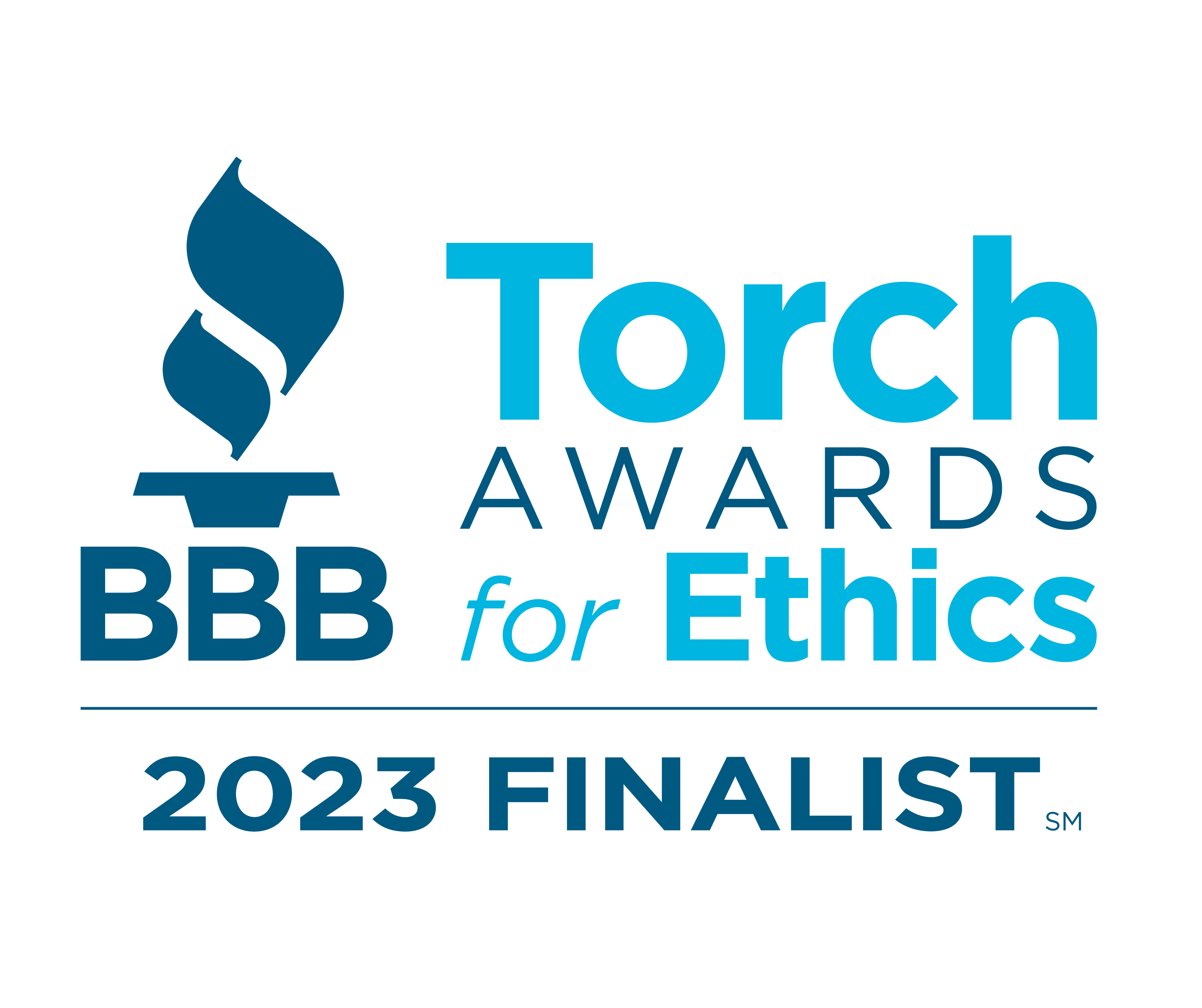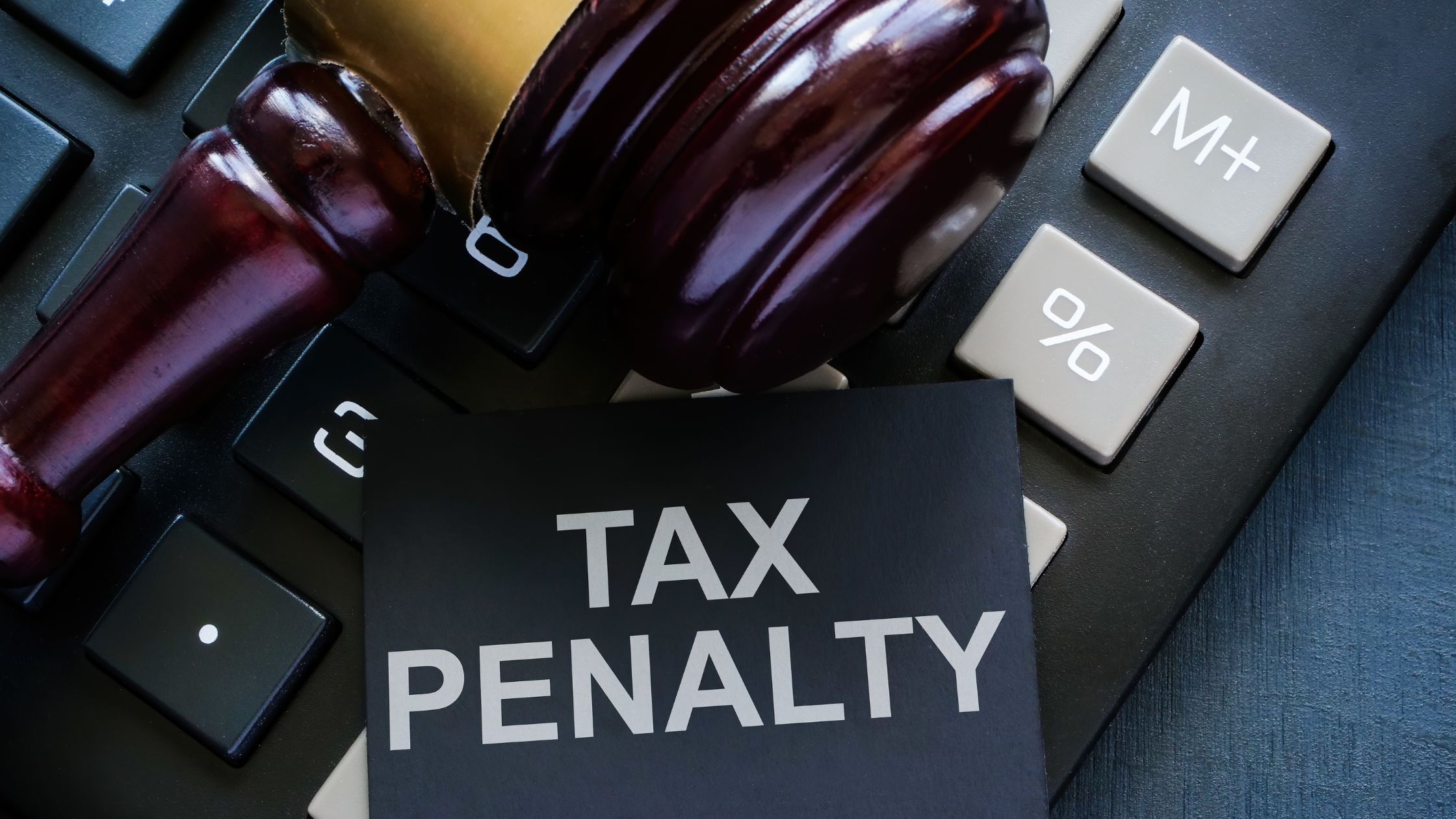If you have unpaid federal taxes past the April 15 deadline, you could be looking at additional penalties and fines on top of your tax bill. The IRS charges hefty penalties for failure to file your taxes by April 15 (Tax Day falls on April 15 most years) or failure to pay your taxes on time.
Fortunately, there is help for taxpayers who failed to meet their tax obligations for payments or filings. The IRS offers a few ways to qualify for penalty abatement, which can shave hundreds of dollars off your tax debt and move you steps closer to financial freedom.
How Much Does the IRS Charge for Tax Penalties and Interest?
Typically, the IRS charges a failure to file penalty equal to 5% of the tax owed for each month or part of the month the tax filing is late, up to 25%. For returns more than 60 days late, the minimum penalty equals the amount of unpaid taxes or $485, whichever is less.
If you don’t owe money or if you are due a refund, there’s no penalty for filing late or failing to file at all. But if the IRS owes you a tax refund and you don’t file, you’re leaving free money on the table. If you’re due a refund because you overpaid on your income taxes, you’re just letting the IRS keep your cash.
You can claim a refund or tax credit up to two years from the date you paid the taxes initially or up to three years from the date you filed your tax return, according to the IRS website. This is the Refund Statute Expiration Date.
The failure-to-pay penalty is 0.5% of the tax owed for each month or partial month the tax bill payment is late, up to 25%.
If the IRS has issued a final notice of intent to levy or seize property, you’ll pay 1% in penalties instead of 0.5%. If you already have an installment agreement in effect and fail to make the payment on time, you’ll be charged a 0.25% penalty for each month, or partial month, that your payment is late.
As with most debt, interest that is tied to the prime rate set by the U.S. Federal Reserve also accrues on your tax debt. It changes quarterly, based on the Federal short-term rate plus 3% and compounds daily.
Fortunately, the IRS has programs in place to help you reduce or eliminate penalties, leaving you with a smaller bill to manage.
Automatic Relief of Tax Penalties
In December 2023, the Internal Revenue Service offered good news for people with tax debt, including 4.7 million businesses, individuals, and tax-exempt organizations. If you owed tax debt for 2020 or 2021 taxes, filed in 2021 and 2022, and didn’t receive a reminder notice from the IRS, the agency will waive tax penalties.
If you paid your tax debt in full, including penalties, you will receive a refund or a credit toward another tax bill. This penalty abatement applies to taxpayers who owe less than $100,000 in taxes, and mostly affects people and organizations with less than $400,000 in annual earnings, according to the IRS website.
First-Time Penalty Abatement
The most common penalty abatement applies to penalties for failure to file and failure to pay tax debt. As the name implies, it’s a one-time courtesy for taxpayers with an otherwise good track record of filing and paying their taxes on time. First Time Penalty Abatement also diminishes or eliminates the interest that accrued on tax penalties.
You may qualify if you have filed the same type of return for three years prior to the year of the penalty, didn’t receive any penalties within the first three years, or had a prior penalty removed for another reason.
You can qualify for First Time Abate even if you haven’t yet paid your tax debt, but the failure to pay penalty will continue to accrue. However, you can request First Abate relief on the same tax return for the additional amount once you can pay the debt in full.
How to Apply for First Time Abatement
You can apply for First Time Abate Relief by:
- Calling the IRS at the phone number listed in the top right corner of your letter
- Mailing a written statement or fill out Form 843, Claim for Refund and Request for Abatement
Reasonable Cause
If you tried to pay your tax debt or file your tax returns and couldn’t do so, you might qualify for penalty abatement. The IRS will grant penalty abatement for reasonable cause in the event of a natural disaster, fire or civil disturbance, death, serious illness, or other unavoidable absence of the taxpayer or their immediate family. If you experienced system issues e-filing or making a payment online, that would be another reasonable cause to miss the tax deadline.
If the IRS made an error or you couldn’t access your tax records when requested, such as to find out the amount you owe, that would also give you reasonable cause. Also, if you took reasonable care to attempt to make your payment on time and missed the deadline due to U.S. Postal Service delays, an incorrect address or incorrect postage, you might qualify for penalty forgiveness.
Typically, you can’t file for penalty abatement if it was the fault of a tax professional that your filing or payment was late; it’s the taxpayer’s responsibility to get proof of filing. You also can’t claim a lack of knowledge, mistakes on your tax returns where you miscalculated the amount you owe, or oversights for late payments or failure to file.
Finally, you can’t blame a lack of funds for failure to make on-time tax payments. However, if paying your taxes would cause economic hardship, you may qualify for other tax relief, including an offer-in-compromise, partial pay installment agreement, or currently non-collectible status. Alleviate Tax has saved taxpayers millions of dollars in tax debt through these programs.
How to Apply for Penalty Abatement with Reasonable Cause
As with First Time Abate, you can apply for penalty relief with a reasonable cause by phone or by mail. You’ll want to include supporting documentation, such as a death certificate, medical records, or proof of a natural disaster or fire, if applicable.
If you apply with reasonable cause and the IRS determines you qualify for First Time Abate, the agency will reduce or remove your penalties and interest under that program, instead.
Need Help with Tax Penalty Abatement?
Requesting penalty abatement can be time-consuming. If you’re filing by mail, you want to get your petition exactly right and give the IRS every reason to accept your request. Requesting an abatement by phone might be easier, but you may still have to mail supporting documents. Additionally, the IRS is known for long wait times.
If you’re facing large, unmanageable tax debt, reducing or eliminating penalties is one of the first steps you should take.
At Alleviate Tax, we can help you file for penalty abatement and then request an installment agreement, tax debt settlement, or an offer-in-compromise to help you get back on your financial feet.
Don’t hesitate. Reach out to us at 888-859-8291 immediately to see how we can help you with your tax issue.
PPA
Find out what people are asking about IRS penalties.
Where can I find an IRS abatement letter sample?
Alleviate Tax has provided a first time penalty abatement letter sample and a version to petition for penalty abatement due to reasonable cause above.
What type of penalty will the IRS waive?
The agency may waive IRS penalties for failure to pay or failure to file tax returns by the due date.










